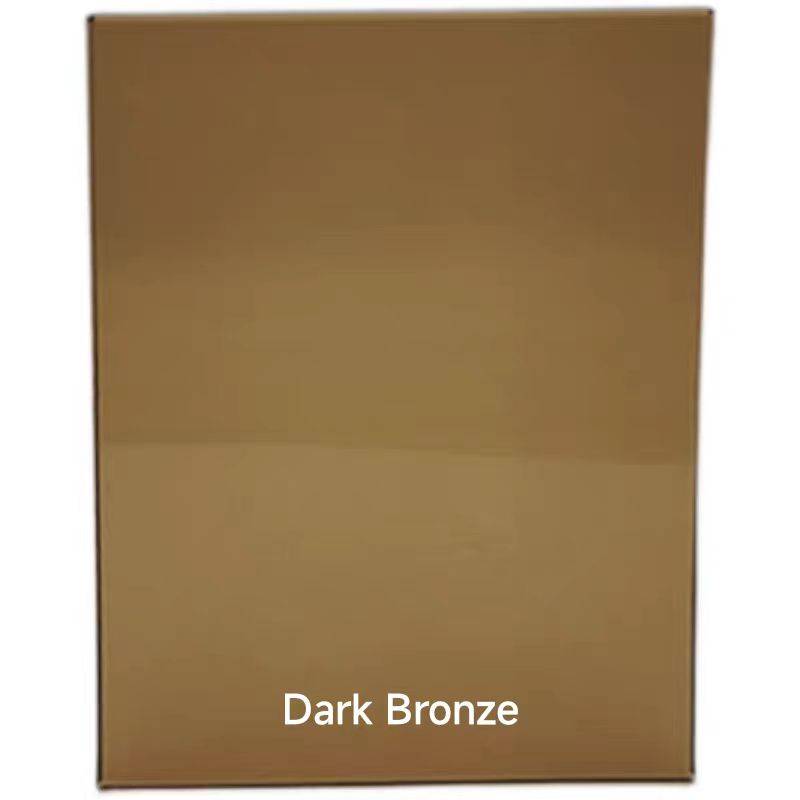

Understanding Heat Reflective Glass Benefits and Applications
In recent years, the construction and architectural industries have seen a significant shift towards the use of innovative materials that enhance energy efficiency and improve indoor comfort. One such material that has gained prominence is heat reflective glass. This type of glass is engineered to reflect a significant portion of solar radiation while allowing visible light to pass through. In this article, we will explore what heat reflective glass is, its benefits, and its various applications.
What is Heat Reflective Glass?
Heat reflective glass, also known as low-emissivity or low-E glass, is specially coated to minimize heat transfer. The coating consists of a thin layer of metal oxides that reflects infrared radiation while maintaining clarity. This technology allows buildings to reduce their reliance on heating and cooling systems, leading to substantial energy savings.
The glass is designed to have a high visible light transmittance, meaning it allows ample natural light into a space while limiting heat gain from the sun. This makes it an attractive option for modern architectural designs, combining aesthetics with functionality.
Benefits of Heat Reflective Glass
1. Energy Efficiency One of the most significant advantages of heat reflective glass is its ability to improve energy efficiency. By reflecting heat away from a building, it reduces the workload on air conditioning systems, leading to lower energy consumption. This results not only in reduced utility bills but also in a smaller carbon footprint, benefiting the environment.
2. Comfortable Indoor Environment Buildings fitted with heat reflective glass maintain a more consistent indoor temperature. The glass minimizes the risk of hot spots near windows, increasing comfort for occupants. This is particularly beneficial in regions with extreme climates, where heating and cooling demands are high.
3. Glare Reduction Excessive sunlight can produce glare, making it challenging to work or relax indoors. Heat reflective glass helps to mitigate glare, creating a more pleasant atmosphere. This feature is especially important for offices and commercial spaces where screens are in use.
4. UV Protection Another significant benefit of heat reflective glass is its ability to block harmful ultraviolet (UV) rays. Prolonged exposure to UV radiation can lead to fading of furniture, carpets, and artwork. By reducing UV exposure, heat reflective glass helps to preserve the interior finishes of a space.

5. Aesthetic Appeal Available in a variety of tints and finishes, heat reflective glass can enhance the visual appeal of a building. It provides sleek modern aesthetics while complementing various architectural styles. Additionally, the reflective nature of the glass can create interesting visual dynamics in a building's facade.
6. Reduced Condensation The low-emissivity coating helps in controlling condensation on the glass surfaces. This is particularly beneficial in humid climates where condensation can lead to mold and mildew problems. A drier setting is not only healthier for occupants but also prolongs the lifespan of the building materials.
Applications of Heat Reflective Glass
Heat reflective glass is versatile and can be applied in various settings
- Commercial Buildings High-rise office towers frequently employ heat reflective glass to reduce energy costs and improve occupant comfort.
- Residential Homes Homeowners looking to enhance energy efficiency and comfort are increasingly opting for this type of glass in windows and sliding doors.
- Skylights and Curtain Walls In modern architectural designs, heat reflective glass is often used in skylights and curtain walls to create an airy feel while keeping energy costs in check.
- Automotive Industry The automotive sector is also leveraging heat reflective glass to enhance passenger comfort and reduce reliance on air conditioning.
Conclusion
As the demand for energy-efficient solutions continues to grow, heat reflective glass stands out as a valuable option in the construction and architectural industries. Its ability to improve energy efficiency, increase comfort, and provide UV protection makes it an excellent investment for both commercial and residential buildings. By choosing heat reflective glass, architects, builders, and homeowners can contribute to a more sustainable future while enjoying the myriad benefits it brings. Whether for a sleek office tower or a cozy home, heat reflective glass represents a perfect blend of style and practicality, paving the way for more energy-efficient designs.